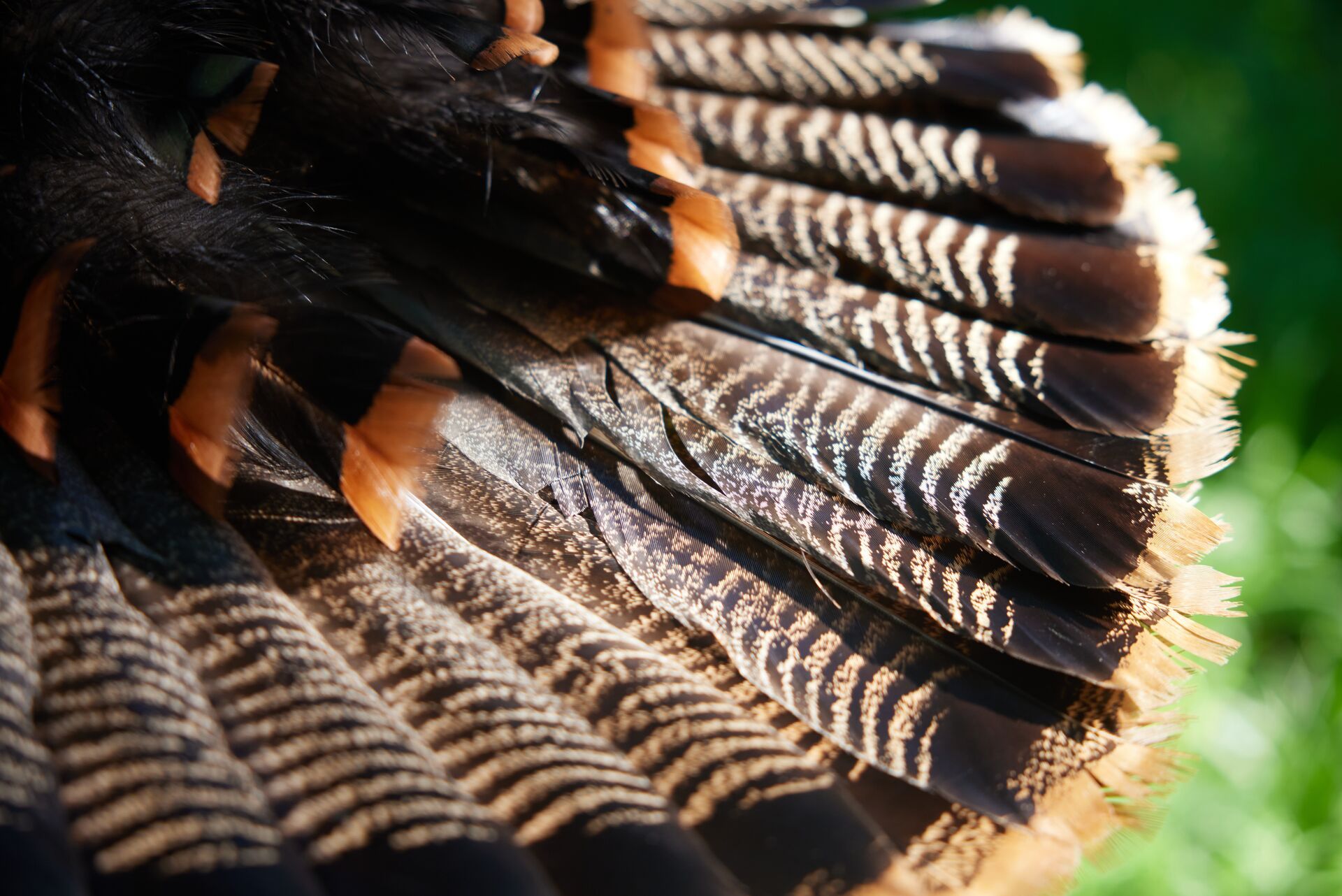When thinking about your next turkey harvest, there are two primary types of these birds: heritage and wild turkeys. While they are not the same today, they each share similar origins to wild species that roamed the many plains of the U.S. and Europe.
What do you know about these types of turkeys? Understanding this differentiation is essential for hunters regarding ethical hunting practices, meat quality, and conservation efforts.
So, before your next hunt, make sure you read this blog to learn about the critical differences between these two breeds – and which one you'll want to hunt.
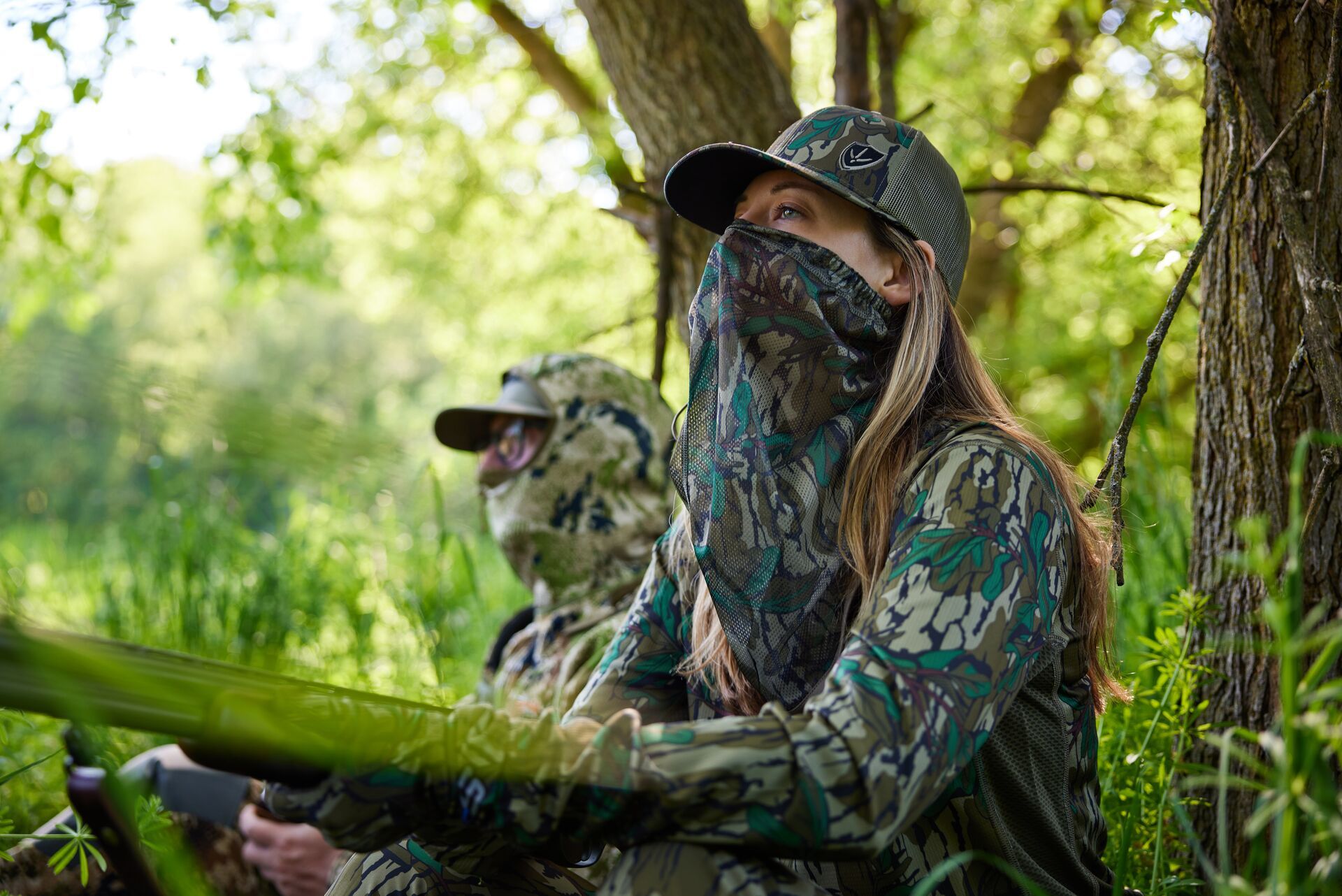
What is the Heritage Turkey?
While the name suggests that this bird may be found in a museum, the heritage turkey is an essential link in the ecological history of turkeys across U.S. history.
Unlike wild turkeys, these birds are still carefully bred today. Take a look at the critical details of the heritage turkey below:
Where Did They Come From?
Heritage turkeys are traditional turkey breeds with strong characteristics similar to those of their wild ancestors. Due to this, specific prerequisites must be fulfilled before a turkey can be designated as a heritage breed.
These include natural mating, a prolonged outdoor lifespan, and a slow growth rate. These characteristics contradict the more common mass-produced birds and help preserve their natural behaviors, physical traits, and genetic diversity.
Heritage turkeys encompass several breeds, including Standard Bronze, Midget White, and Narragansett.
What Do They Look Like?
The characteristics of heritage birds will change depending on their type or breed. Here are a few breeds and a description of their general appearances.
- Bourbon Red: This type of heritage turkey is defined by its reddish-brown plumage with white tail feathers. Mature toms get up to around 32 lbs and 18 lbs for females.
- Narragansett: This breed is a visual treat with its stunning gray, black, and white plumage that resembles an Eastern. Toms weigh 22–28 pounds, and hens weigh 12–16 pounds.
- Slate: This breed's most distinctive feature is its unique bluefish-gray color and almost ghost-like feathers. Hens weigh approximately 18 pounds at full-grown size, and toms can weigh up to 33 pounds.
- Royal Palm: The Royal Palm stands out because of the sharp contrast between its white and black plumage. Males can weigh anywhere from 16 to 22 lbs, and females average around 10 to 12 lbs.
While you may not see all of these turkeys at Thanksgiving, heritage turkey breeds are returning to the dinner table due to their richer flavor and more ethical raising standards.
Habitat and Farming Practices
Heritage turkeys act, socialize, and feed much like wild turkeys. Contemporary farmers seek to replicate these natural processes with free-range farming practices and their natural diet.
Conservation and Sustainability
Heritage breeds are raised through sustainable local agriculture, and their cultivation not only helps to preserve genetic diversity but also maintains a strong culinary link between our Thanksgiving table and the past.
Due to the growing demand for these breeds, their numbers are growing as small-scale farmers and homesteaders realize the benefits of breeding these unique species.
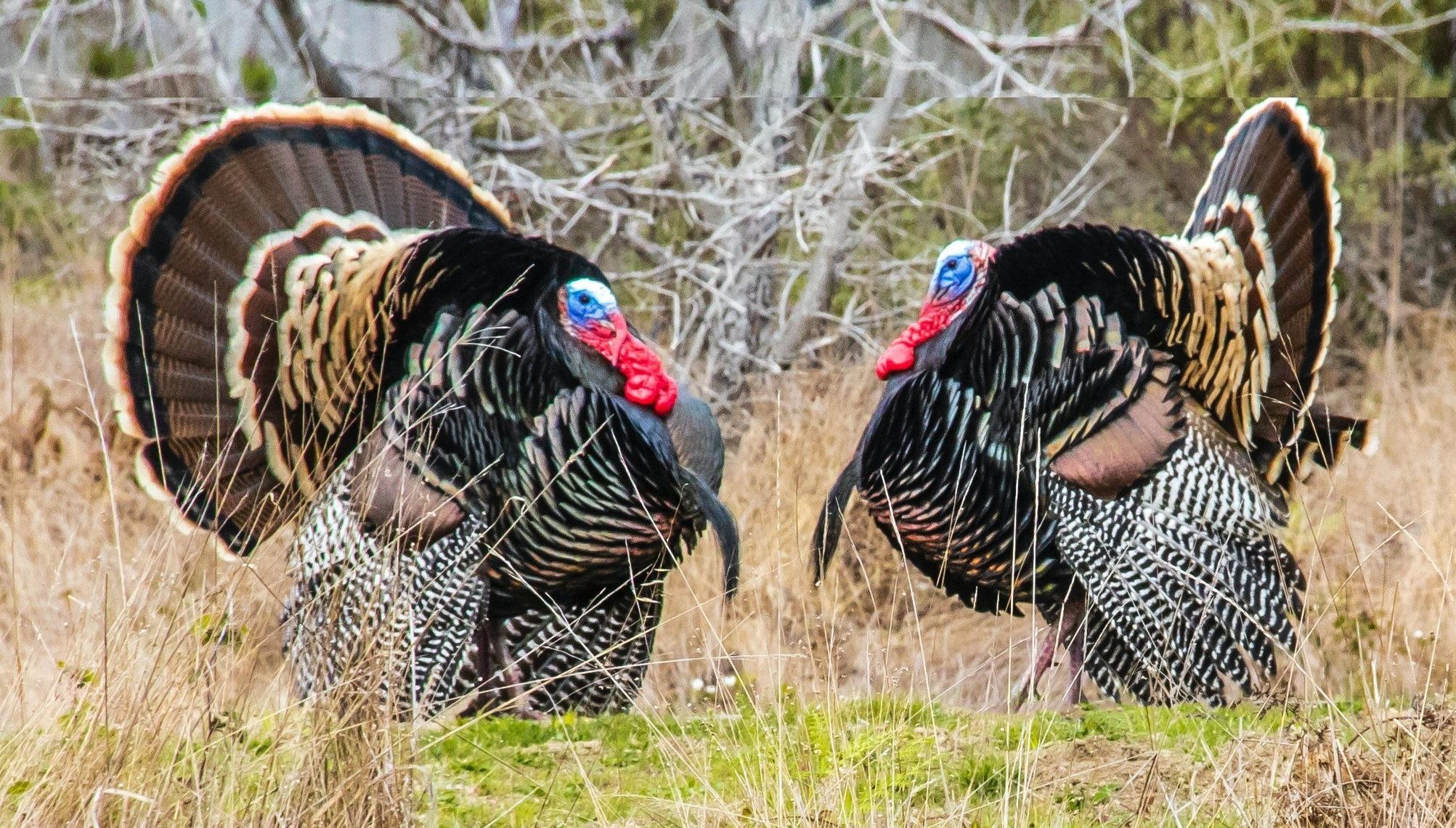
What Is a Wild Turkey?
Wild turkeys are the birds you love to hunt! Here are a few insights that can help you understand these birds better.
What's Their Origin Story?
The wild turkey (Meleagris gallopavo) is a native North American bird that plays a significant role in U.S. history, culture, and ecosystem. It's one of the U.S.'s most widely dispersed bird species and can be found across many eastern regions.
Physical Characteristics
The wild turkey is a large bird with long legs and necks and a distinctive dark, iridescent plumage. Its flight feathers are black with brown stripes and barred with white. Depending on the season and species, the heads of adult males can be red, blue, or white.
There are six subspecies of the Meleagris gallopavo, each with variations in size, plumage, and behaviors.
Behavior and Habitat
Turkeys are intensely social creatures and form hierarchies or a 'pecking order' based on dominance. They're elusive and danger-averse, grazing in fields and woodlands and roosting in the safety of trees at night.
These birds are also vocal and communicate information through various calls accompanied by physical displays. They can be widely distributed in multiple environments (including northern Mexico).
Hunting Wild Turkey
Wild turkey meat is generally considered to have a richer, more intense flavor. As the bird spends its days roaming fields eating berries, nuts, and insects, it's a much leaner protein with a slight game flavor. This is why many people prefer to hunt their own birds for a Thanksgiving feast rather than buy one at the grocery store.
Wild turkeys are highly adapted to their natural environment, using their weary nature and keen eyesight to avoid predation. This poses several challenges for hunters, who must leverage various strategies, including calls, camouflage, and blinds, to maximize their opportunities for success.
Another crucial step to a successful hunt is to practice calls. This skill can significantly improve your hunting success. Also, explore turkey behavior patterns, including their behavior changes depending on the time of year, and check your local wildlife authority for the appropriate hunting seasons and zones.
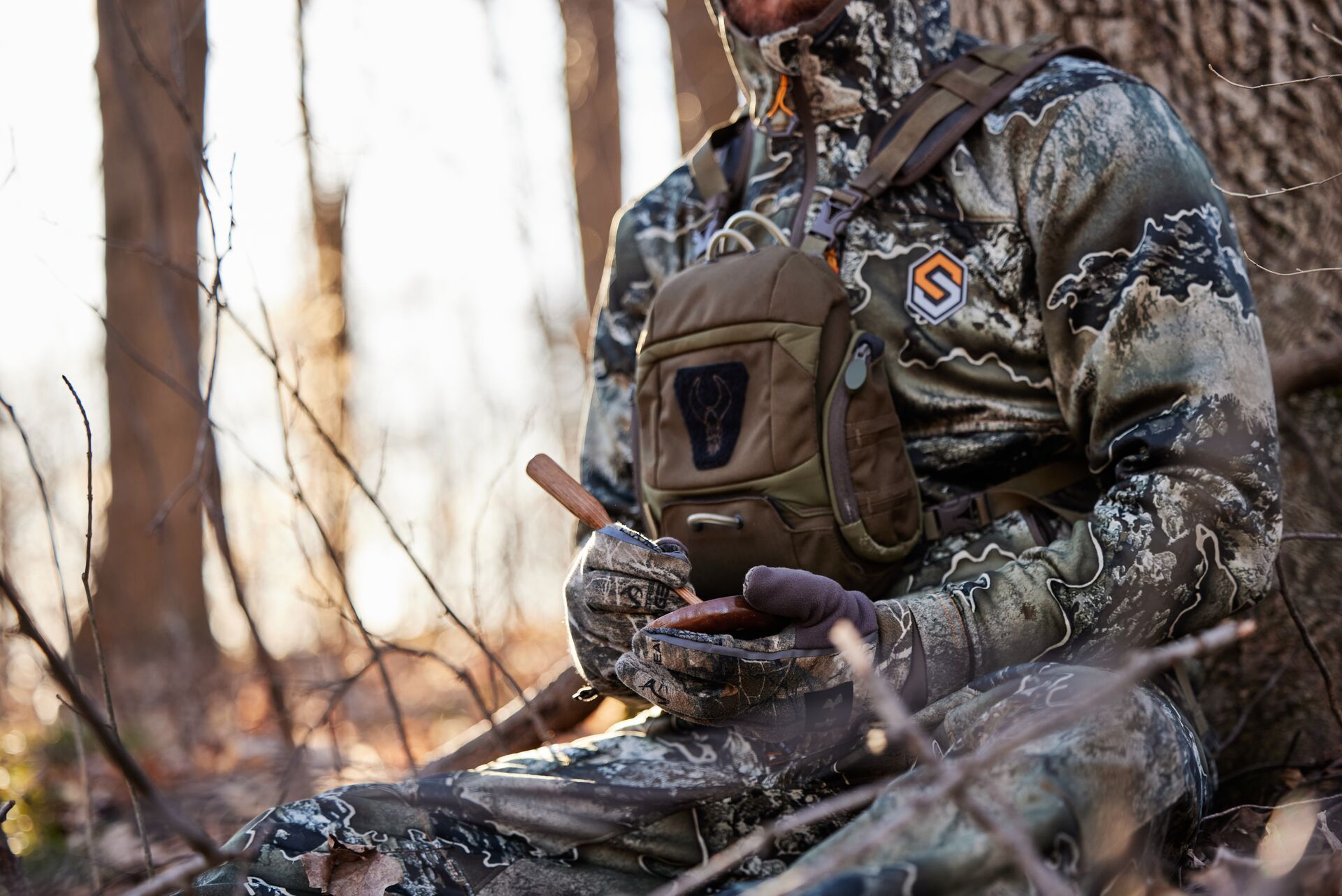
How to Find Turkeys
The easiest way to find what could be a "heritage" bird is to shop at your local grocery store. Of course, if you're up for a little more of a challenge to chase and catch a live bird, look for nearby turkey farms that raise and sell heritage turkeys to locals.
However, we believe the best turkey is a wild turkey, and the best way to find them is with the HuntWise app! We enjoy the chase and challenge of a day in the field to call and harvest turkeys during hunting season.
HuntWise can help you find public or private land with plenty of birds, scout hunting areas before you arrive, and plan your entry, exit, and blind placement to improve your chances of bringing home a tom.
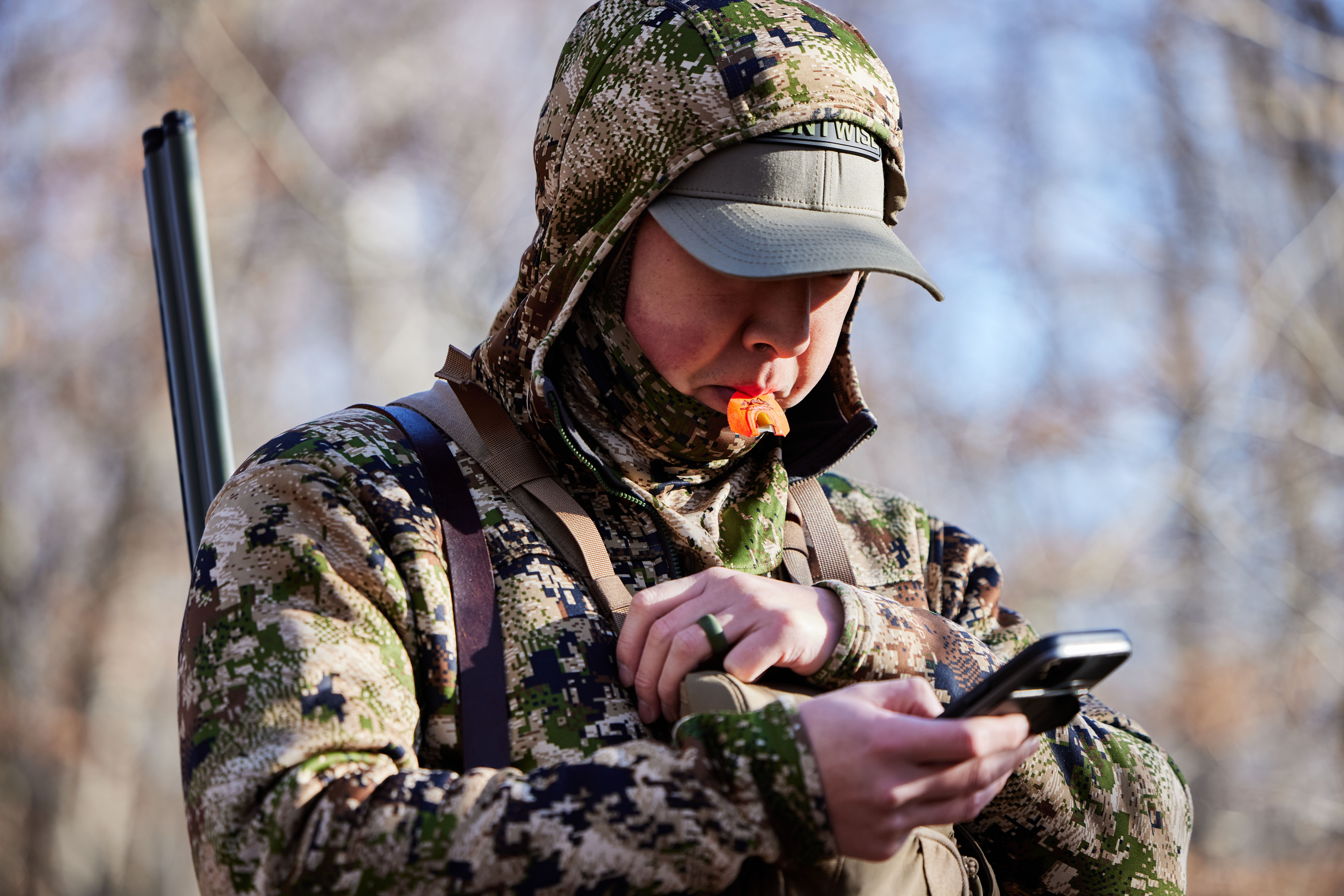
Take on a Turkey Hunt With HuntWise This Season
While the heritage turkey from your local farmers market is a great backup plan, nothing beats the thrill and excitement of a turkey hunt out in the wild.
For everything from public and private land boundaries to a range of mapping features to target turkey hotspots, choose HuntWise. It's the best hunting app to help you scout hunting areas, mark turkey roosts, feeding areas, and corridors, and share information with your buddies before your turkey hunt this season.
If you haven't used the app before, download it and give it a try for free during your first week. Or, if you already have the app, consider a Pro or Elite subscription to unlock more features – including 15-day forecasting through HuntCast and WindCast – and bigger discounts on the gear you need for turkey hunting.
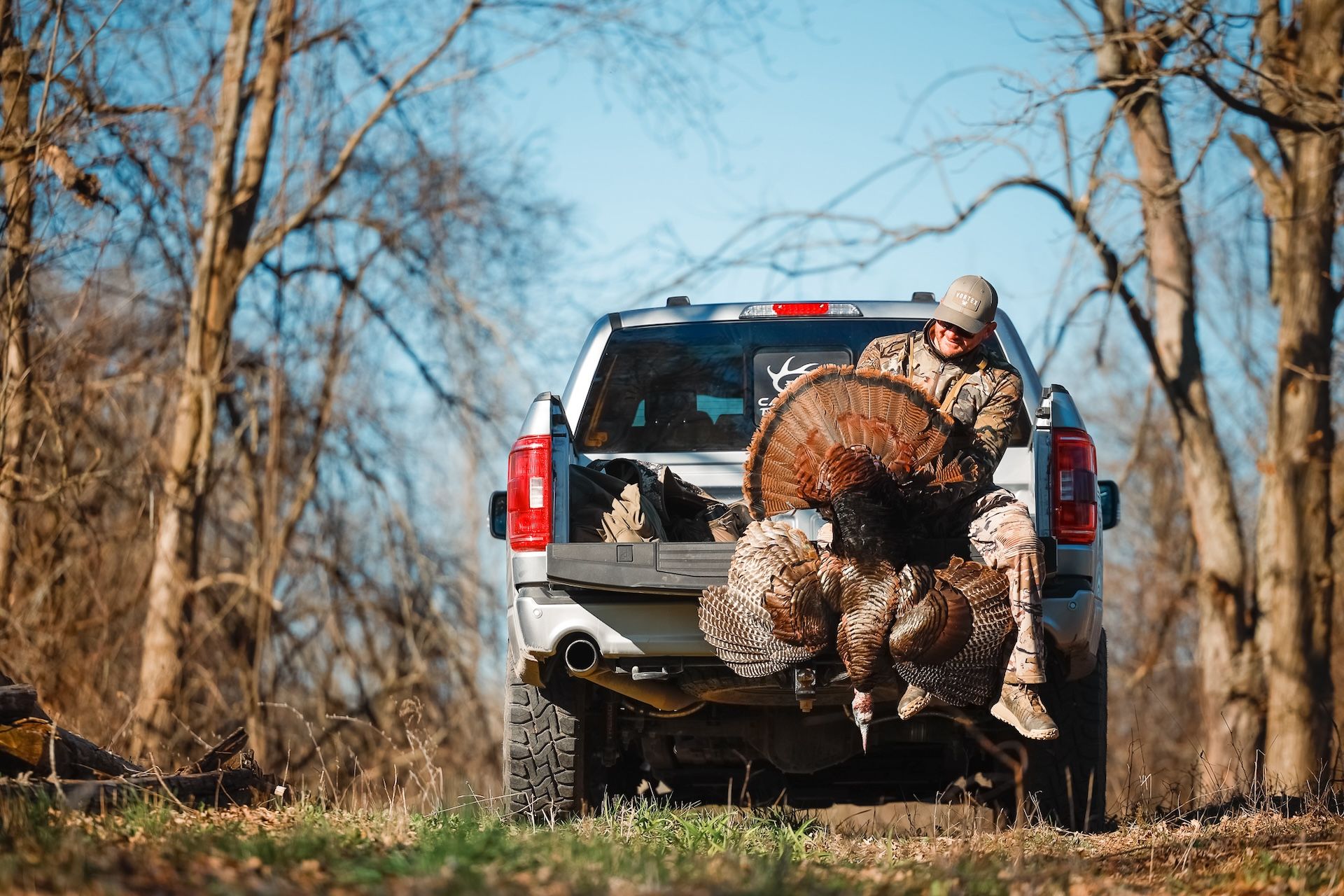

 Turkey
Turkey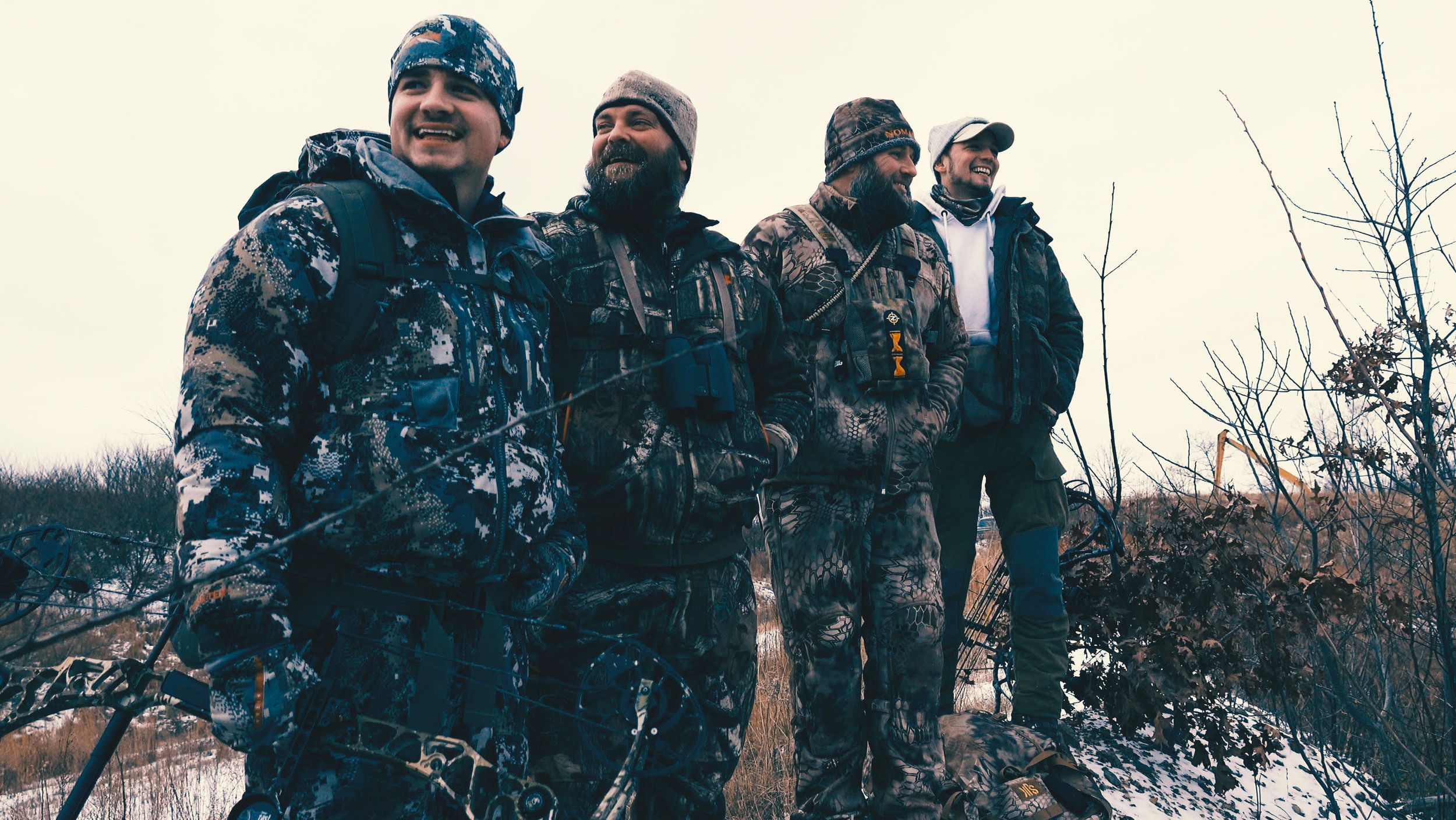 Turkey
Turkey Turkey
Turkey